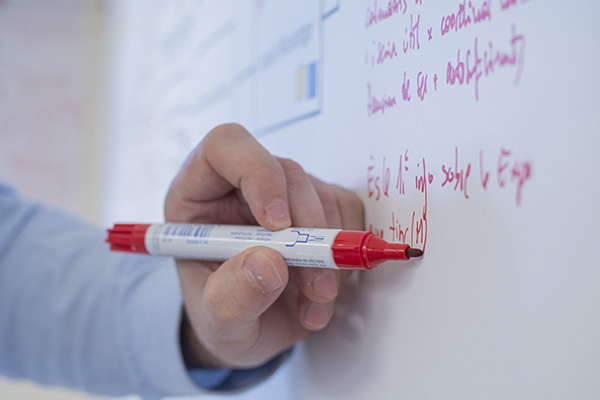Operational design
Top executives have been asking this simple question for a lifetime. It is not enough to have a good product or service if the organization and operations are not adapted to maximize customer satisfaction, competitiveness and profitability of the company.
In addition, in today's constantly changing environment, the incorporation of technological and disruptive solutions involves the provision of more complex and comprehensive services beyond the traditional view: it is no longer intended to make a sporadic or occasional sale, but to offer complementary services. and additional ones that allow a maximum loyalty of the customer by means of an integral attention.


At this point, the importance of the initial question increases considerably due to the need to design the organization and its operations for both the current situation and the future.
It is true that there is never a surplus of resources (facilities, equipment,economic, HR…). And for this reason, a deep knowledge of the uniqueness of an organization is very important: culture, teams, leadership style, business model or customers.
At DOT Consulting, we understand that the best solution is to work together with our clients to support them in the design of an operational model and organization that aligns with the company's strategy and goals.
Linking people,
management and results
At DOT Consulting we work to design and implement an operational and organizational model that aligns the two visions and allows us to achieve the goals set in the strategic. Let's get to work together
- Management models
- A proper management model allows you to have control of the business and an effective decision-making process. It does not refer exclusively to having visibility of the business through indicators. It goes much further.
- Our optimal management model allows us to compare the company's objectives with the reality of the business and establishes a systematic decision-making process to align the results with the objectives: from setting goals at different levels, resource planning and services, the programming of action plans, the monitoring of the activity, the evaluation of the results in the establishment of corrective actions.
- Governance (or Government)
- Organizational governance models must be adapted to the business model, the type of customer and the company's policies and strategies. We can design different types of governance model, some more centralized and others delegated or self-managed, but in all cases they must strengthen business management and customer satisfaction taking into account the company's internal policies and strategy of the future.
- There are several dimensions that we define to shape a governance model: organizational structure, management model, business planning and control, coordination and communication models, roles and responsibilities, among others.
- Route to market (RTM)
- We design and implement the most appropriate strategy for launching a product or service in the market with the aim that the products and services reach customers effectively, achieving maximum satisfaction and loyalty.
- Customer segmentation, service delivery and customer service models, customer access channels (omnichannel), penetration and target service level or resource optimization are some of the most relevant aspects in the design and implementation of the RTM.
- Bidding and purchasing
- Compliance policies are no longer an option for many companies to become a mandatory compliance requirement. And the process of buying products or services has become one of the most sensitive in this regard. Having a procurement process that meets compliance requirements and does not become a tedious and timeless process can be a major challenge for many organizations.
- At DOT Consulting, we design and implement the entire concurrent purchasing process in all its phases: identification of needs and requirements, identification of existing offers in the market, definition of specifications, criteria for evaluating offers, levels and approval workflow, negotiation systems, contracting and roadmap for service delivery or product acquisition.
- Purchasing strategy
- Purchasing strategy goes beyond the price and term that can offer us a possible supplier. It is necessary to take into account other aspects that ensure the good development of our suppliers and accompany us in the evolution of our own business. Nowadays, new concepts such as sustainability are being added, which pose a greater challenge in the relationship with suppliers.
- At DOT Consulting, we design and implement a purchasing strategy based on the economic impact on the business and the supply risk:
- Strategic or high-impact products for which we need to work closely with suppliers.
- Leveraged products with high cost but with a wide range for which it is necessary to enhance the bargaining power.
- Products called bottlenecks that, despite having little economic impact, pose a significant risk if the supplier fails and for them has been to have contingency plans to ensure the supply.
- Scarce or routine products whose low cost and ease of supply for which the purchase process must be simplified and their standardization promoted.